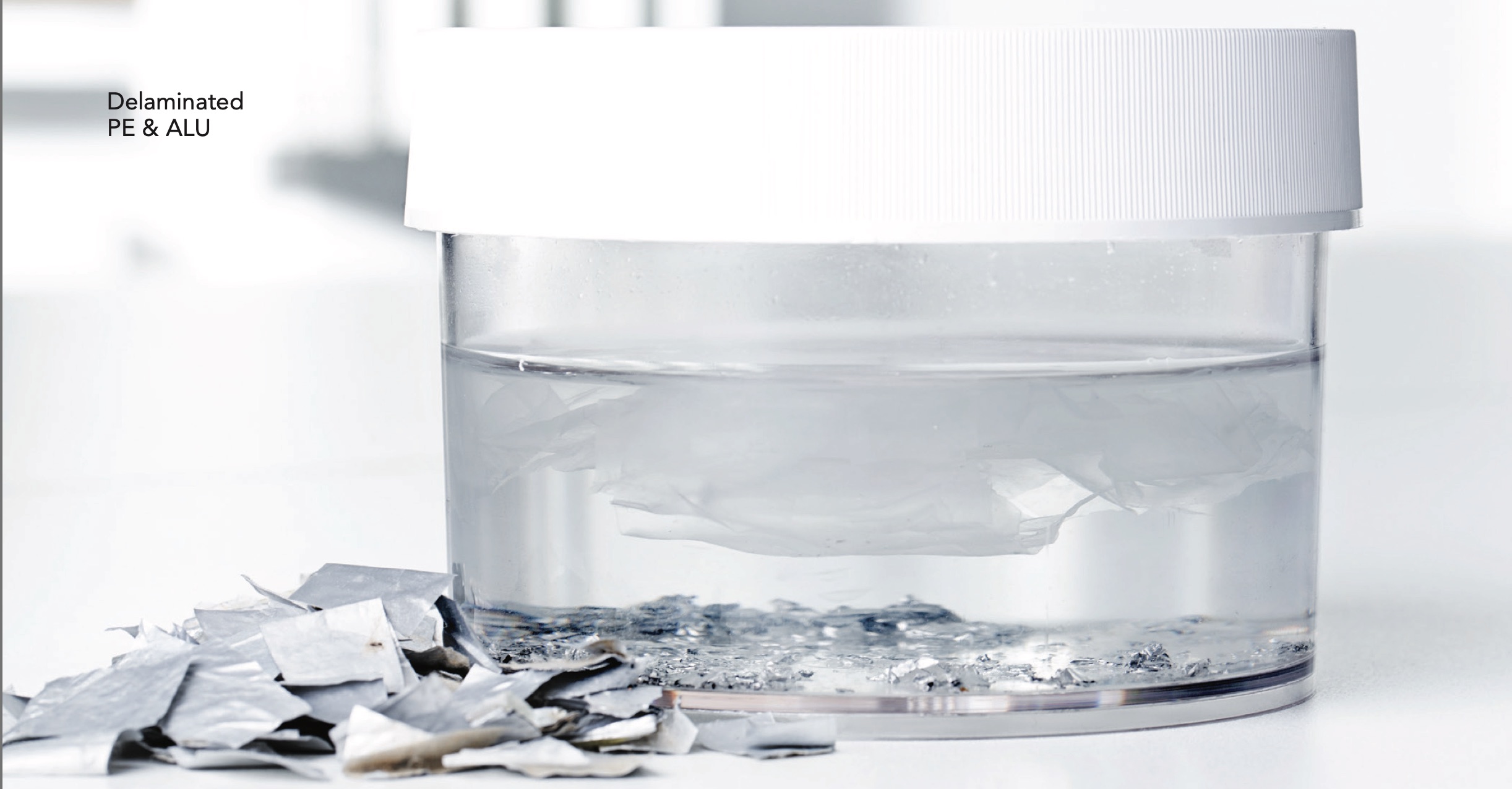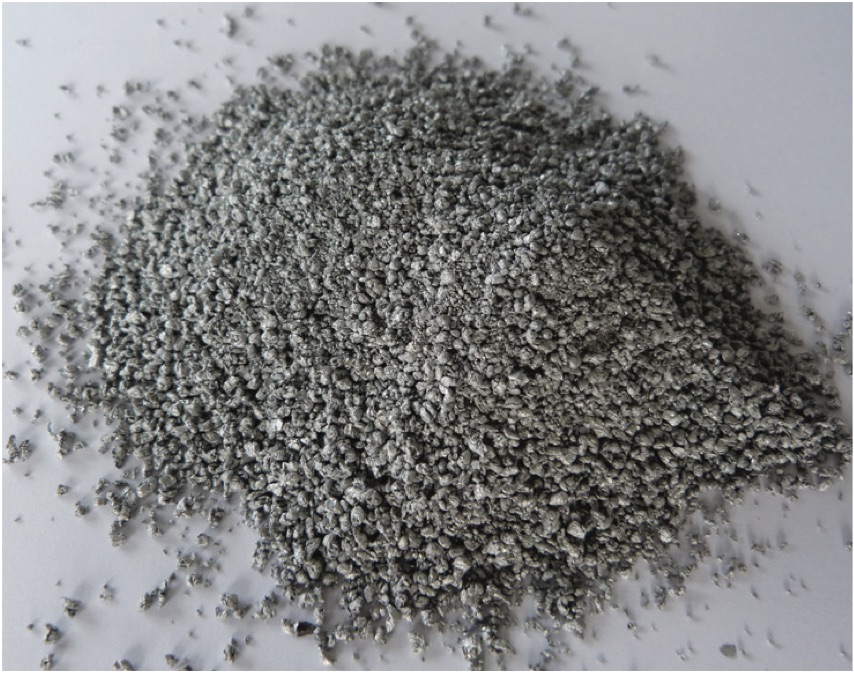For Composite Packaging Recycling, the Future is Now
- Published: December 05, 2022
As we move toward a circular economy, the technology now exists to separate and repurpose materials from combination packages.
By Thorsten Hornung, CEO, Saperatec GmbH
Over the past few decades, the end user packaging materials consumption rate – that is, the amount of packaging that winds up being used and discarded by consumers – has steadily risen. In my home country of Germany, for example, this concerning figure has climbed 13.5 percent since 19911.
That’s a lot – and it could have been far worse. Without consistent materials science innovations and progress in packaging material optimization, packaging resource consumption would have jumped more than 33 percent in that same period. Among other improvements, advancements like lightweight flexible packaging and composite packaging material structures have enabled significant reductions in packaging weight (and therefore resource consumption) – even while enhancing protection for packaged goods.


Often, these advancements strike a delicate balance between sustainability and product protection, but the goals are clearly defined by sound science. For example, a study2 by the Institut für Energieund Umweltforschung Heidelberg (IFEU) shows that substituting rigid packaging materials with lightweight flexible packaging materials could reduce global warming potential by 32.9 percent, even though current material recycling rates for flexible packaging are far lower than for rigid packaging materials (glass, metal and rigid plastics). Conversely, replacing existing flexible packaging with rigid packaging materials would increase global warming potential as much as 31.1 percent - a figure that is, simply, unacceptable given the current climate landscape.
However, there’s a catch: flexible packaging materials typically require special barrier layers to adequately protect packaged food and reduce food waste. As a result, packaging designs often combine different polymers such as PET, PA, EVOH and polyolefins, and complement these polymer films with metal layers like aluminum foil or vacuum metallization.
In another study, IFEU compared the life cycles of certain packaging structures for pasta sauce and olives3. In these case studies the CO2 equivalent emissions of aluminum foil/plastics composite packaging was estimated at 63–72 percent lower than rigid glass or metal packaging – even though, today, only aluminum foil is generally recycled from such composite packaging materials.
The research points to one long-term challenge as an obstacle: the ability to recycle a wider variety of composite (materials combination) packaging solutions would bring sweeping improvement to overall packaging sustainability efforts. Unfortunately, currently the vast majority of multi-material composite packaging materials end up in landfills or incineration centers.
Encouragingly, though, novel recycling methods such as delamination recycling – that is, separating the individual materials comprising composite packaging – bring the promise of addressing this concern across several types of common composite packaging materials. Among other structures, delamination recycling could be a game-changer for the recycling of beverage carton packaging; flexible packaging materials with aluminum foil and metallized coatings; tube packaging with aluminum layers; and even pharmaceutical packaging with aluminum layers.
With delamination recycling, multi-layer materials like polymer, metal and glass are treated in a hot wash process using a specially formulated separation fluid. This separation fluid enters the boundary layers between the differing materials and debonds them into separate particles without dissolving them. Once successfully separated, mechanical recycling technology can sort and refine polymers, metals and glass into separate material fractions for recirculation.
The technology, then, now exists to bring delaminated and repurposed materials to industrial maturity. The potential strides to- ward a fully circular economy are enormous. The ability to recover polyolefin plastics at high quality, then produce film-grade recycled plastics for packaging applications, will create avenues for recycling that did not previously exist.
For example, a current project is repurposing post-consumer LDPE from beverage cartons for utilization in non-food consumer packaging.
In composite packaging featuring aluminum, the new delamination recycling can recover these metallic layers with a metal purity of over 95 percent, with oxidation kept below 2 percent. This end product is suitable for recirculation into foil applications and other packaging solutions as a replacement for virgin aluminum.
Crucially, all chemicals used in the process comply with EU food-contact regulations. In addition, the process itself is designed for sustainability, as the separation fluid is recirculated more than 30 times before being sustainably discarded.
Through delamination recycling, composite packaging materials with aluminum foil
and other metallized barriers are uniquely positioned to contribute to overall packaging materials sustainability, for a variety of reasons. For one, aluminum foil is the most effective barrier material in packaging applications, especially in high-leverage, barrier-dependent applications like pharmaceutical packaging and certain types of food outside the cold-chain.
Another factor is that lightweight packaging materials with effective barriers can contribute significantly to greenhouse gas mitigation, especially in high-population, developing nations with less sophisticated cold chains suitable for mono-material packaging.
Third, packaging materials with aluminum foil layers can be effectively sorted from other types of packaging materials through standard eddy-current sorting, allowing them to be efficiently supplied to suitable recycling treatment. Delamination recycling recovers both aluminum and polymers from such packaging materials for recirculation – an unprecedented whole-package approach.
Finally, delamination recycling is a physical recycling process that keeps plastics materials intact, and enables recycling with energy and greenhouse gas efficiency comparable to other advanced mechanical recycling processes.
1 Change of consumption of all types of end consumer packaging materials in tons/year between 1991-2020 according to “Entwicklung von Konsumverhalten, Aufkommen und Materialeffizienz von Verpackungen”, Kurt Schüler, Gesellschaft für Verpackungsmarktforschung mbH, 2022
2 ‘Potential packaging waste prevention by the usage of flexible packaging and its consequences for the environment’, ifeu, Heidelberg, November, 2019, commissioned by Flexible Packaging Europe (FPE)
3 ‘Comparative Life Cycle Assessment of different pouches and alternative packaging systems for food (Pasta Sauce and Olives) on the European market’, ifeu, Heidelberg, April 2021, commissioned by Flexible Packaging Europe (FPE)
About the Author
Thorsten Hornung is CEO of Saperatec GmbH, which develops wet-mechanical re- cycling processes for thin-layer composite materials made of plastic, metal and glass. At its site in Dessau in Saxony-Anhalt, Germany, the company is building its first recycling plant for composite packaging made of plastic and aluminum. The plant is scheduled to commence operations in 2023, with an initial goal of processing 18,000 tons of packaging waste. Through technology advancements, the company aims to make important contributions to improving the sustainability of high-performance composite materials. www.saperatec.de/en





